10 Digital Tips For Effective Internal Communication In Healthcare
10 Tips For Effective Digital Internal Communication In Healthcare. When internal communication is done well within a healthcare organization, staff are better informed, are more engaged, they make fewer mistakes and the outcomes for patients are greater.
There is a drive to transform healthcare to embrace the digital world more fully, and internal communications are no exception. Traditional internal communication methods may fail to help you solve communication challenges in the healthcare business. Digital methods aren’t just better at cutting through, they’re also more efficient and can lead to less wasted resources.
10 Digital Tips For Effective Internal Communication In Healthcare
-
It’s time to print less
 Printed information stuck on notice boards or left in the break room has often been seen as the best way to reach staff who work different shifts around the clock.
Printed information stuck on notice boards or left in the break room has often been seen as the best way to reach staff who work different shifts around the clock.
Unfortunately, this approach is scatter-gun at best. You don’t know who, if anyone, is even reading the material. Or if it’s reaching the right employees.
Printing pamphlets and posters and newsletters are not only time-consuming, but it uses a lot of resources.
Not only is this method not very helpful at distributing time-sensitive information, but it can also mean outdated information is lying around well after it is relevant or correct.
-
Email is not always the answer, Effective Digital Internal Communication.
 Email is digital, but it’s a technology that’s been around for decades now and it is becoming increasingly less reliable as the main source of internal communications material.
Email is digital, but it’s a technology that’s been around for decades now and it is becoming increasingly less reliable as the main source of internal communications material.
The average office worker is slammed with more than 100 emails in their inbox every day and struggles to open them all. Only around a quarter of emails are even opened, meaning important information is easily missed.
If someone who sits at a desk in front of a computer every day are struggling to open and keep up with everything in their inboxes, the problem is magnified for people working in other types of roles.
How much time does a nurse working on a ward have to spend on emails? Or a surgeon who is in the operating theater all day? Or the x-ray technician?
-
Pagers and faxes are on the way out…finally!
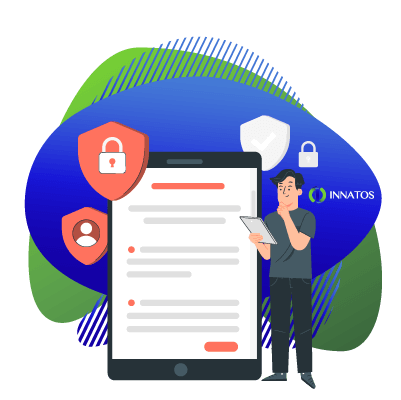 The healthcare sector has hung on to these communications relics when practically every other industry abandoned them and moved on long ago.
The healthcare sector has hung on to these communications relics when practically every other industry abandoned them and moved on long ago.
There are many reasons why they’ve survived in healthcare for so long, but they are also inefficient and problematic.
Whether you love them or hate them, it ultimately doesn’t matter… they are about to become obsolete.
In the United Kingdom, the clock is ticking on how much longer NHS trusts can continue to use these devices.
Trusts need to ensure that they have strategies that embrace modern technology by October this year, and pagers must be removed for non-emergency communications by the end of 2021.
-
Overhaul the intranet, Effective Digital Internal Communication.
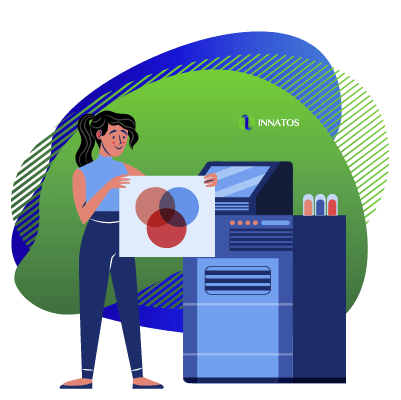 Like email, an intranet is a digital tool that has been with us for a long time now. In many organizations, the intranet is old and unwieldy and contains decades’ worth of information. It can also be a “dumping ground” for documents and information.
Like email, an intranet is a digital tool that has been with us for a long time now. In many organizations, the intranet is old and unwieldy and contains decades’ worth of information. It can also be a “dumping ground” for documents and information.
Of course, it’s important to have a central location where corporate knowledge can be shared… but if people can’t easily find what they’re looking for, or even know what to look for in the first place, you will run into problems.
-
Streamline text messaging, Effective Digital Internal Communication.
Sending text messages to cellphones is a way many organizations have adopted to overcome reliance on pagers… but the system can be quite costly when sending hundreds of texts per day.
Communication systems that offer push notifications to devices can help to streamline this process, ensuring employees with internet access on their phones can receive messages.
-
Give your employees clear guidelines
To apply your communication tools within a business you need to be sure your staff understands. The complexities of healthcare organizations mean many people are responsible for communicating with others. If you want fewer emails, phone calls, and prints, then you need to focus on how managers have to share information with the members of their team.
-
Send messages directly to computer screens.
 Healthcare staff may not all sit in a traditional office with a computer all day, but computers are still an integral part of work and are located throughout every healthcare organization, from the front reception desk to the operating suite.
Healthcare staff may not all sit in a traditional office with a computer all day, but computers are still an integral part of work and are located throughout every healthcare organization, from the front reception desk to the operating suite.
Systems that enable you to send pop-up notifications or scrolling digital tickers can alert employees to a range of important, issues throughout the day. Is there a known systems outage? Is there a physical security issue? Are there higher than usual volumes presenting at the ER? These methods will let you quickly inform everyone without them.
-
Create digital signage displays, Effective Digital Internal Communication.
Screens are everywhere, in waiting rooms and break rooms and, when it comes to internal communication, they are valuable. By creating digital signage displays you can impart important information that you want all your employees to know about.
Computer screens can also be used to this effect – make the most of inactive screens by creating and deploying custom screensavers that show up whenever the screen is inactive.
-
Invest in employee apps, Effective Digital Internal Communication.
 Many organizations are looking at apps as a way to share information with their staff. This might come in the form of a widely used platform or a tool like Teams or Slack where employees can share information whether they’re at a desk or on the go.
Many organizations are looking at apps as a way to share information with their staff. This might come in the form of a widely used platform or a tool like Teams or Slack where employees can share information whether they’re at a desk or on the go.
-
Understand the importance of analytics.
One of the best things about digital tools for communications is that most of them will give you valuable data.
With this data, you can determine how effective your activities and methods are, including who has seen your communications, click on links, etc. This can help you to revise your strategies.

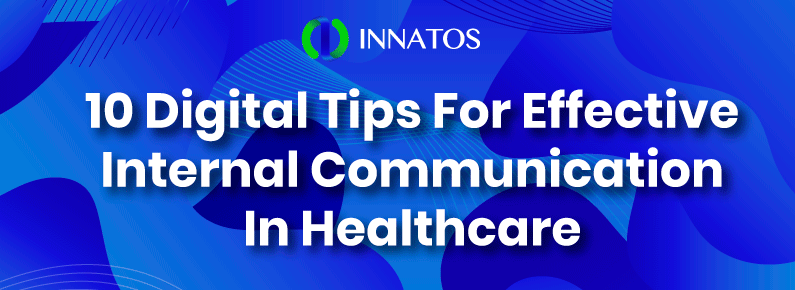
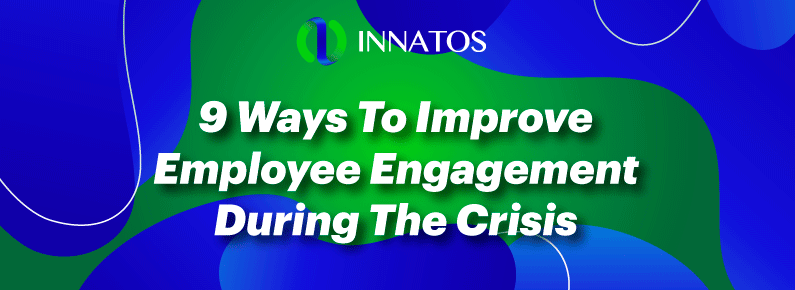


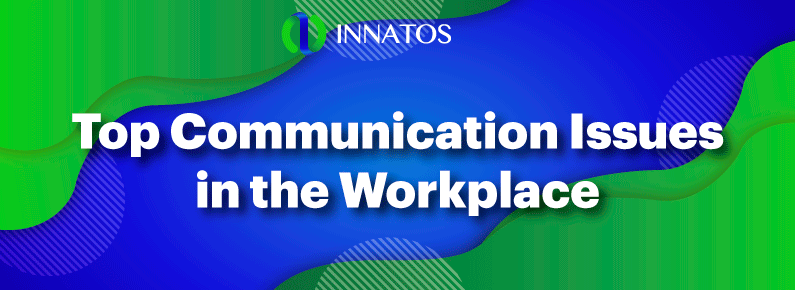
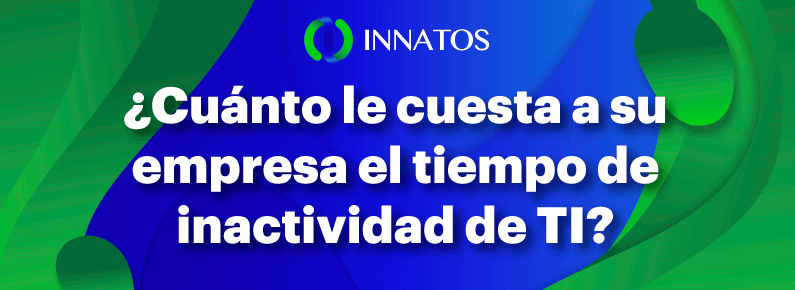


Great content by you. Please also visit nombresparafreefire.mx